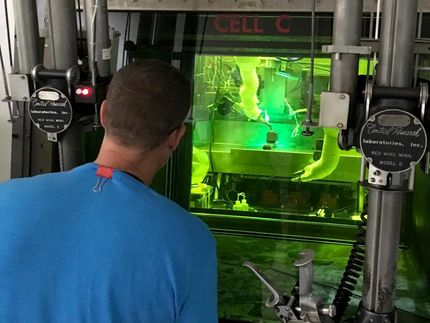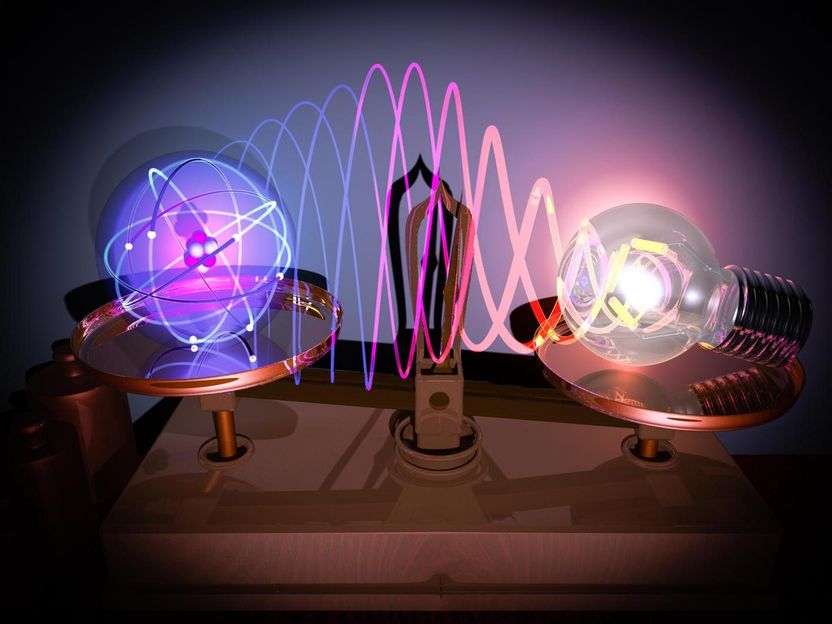With AI against material wear
Advertisement
friction and wear lead to considerable economic losses in industry. The complexity of technical systems makes it difficult to predict damage accurately. Dr. Stefanie Hanke, new Professor of 'Materials Engineering' at the Faculty of Engineering at the University of Duisburg-Essen, is developing an AI-based method to better predict material wear.
In a study on material wear, Professor Hanke is investigating how wear characteristics can be classified. She is using artificial intelligence (AI), among other things, as traditional modeling approaches are reaching their limits. "We first collect data on the forces acting on the parts and then analyze them under an electron microscope, which shows us the surface damage in detail. At the end, we train an AI model with this data in order to be able to predict the relationship between forces and wear," explains the expert from the University of Duisburg-Essen (UDE). Components can suffer from wear in very different ways, and AI can make it possible to better monitor and evaluate wear behavior in the future. The project is funded by the German Research Foundation (DFG).
The UDE engineer is working on concrete solutions for material problems in the collaborative project "LaufFGL - Laser deposition welding of functional layers made of shape memory alloys", among others. The aim is to develop a bolted joint by the end of 2027 that will not become loose due to changes in temperature and thus ensure greater safety in aircraft, for example. Small, welded-on points made of an intelligent metal alloy that react independently to temperature changes should make this possible. This application is being developed with UDE project partners from science and industry. Professor Stefanie Hanke is testing how good the mechanical properties of the smart screw connection are, i.e. friction, wear of the coatings and possible corrosion of the weld seams. The project is being funded by the European Union and the state of North Rhine-Westphalia.
Note: This article has been translated using a computer system without human intervention. LUMITOS offers these automatic translations to present a wider range of current news. Since this article has been translated with automatic translation, it is possible that it contains errors in vocabulary, syntax or grammar. The original article in German can be found here.
Most read news
Organizations
Other news from the department science

Get the chemical industry in your inbox
By submitting this form you agree that LUMITOS AG will send you the newsletter(s) selected above by email. Your data will not be passed on to third parties. Your data will be stored and processed in accordance with our data protection regulations. LUMITOS may contact you by email for the purpose of advertising or market and opinion surveys. You can revoke your consent at any time without giving reasons to LUMITOS AG, Ernst-Augustin-Str. 2, 12489 Berlin, Germany or by e-mail at revoke@lumitos.com with effect for the future. In addition, each email contains a link to unsubscribe from the corresponding newsletter.


































































